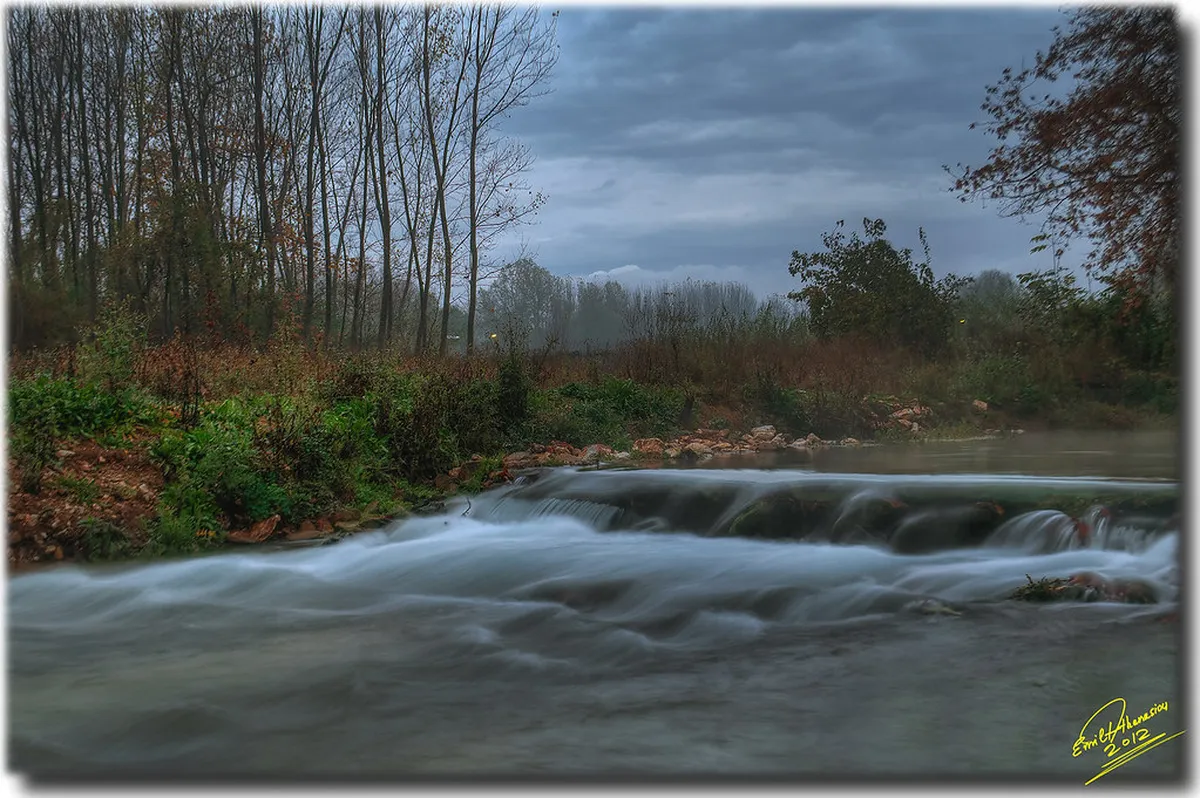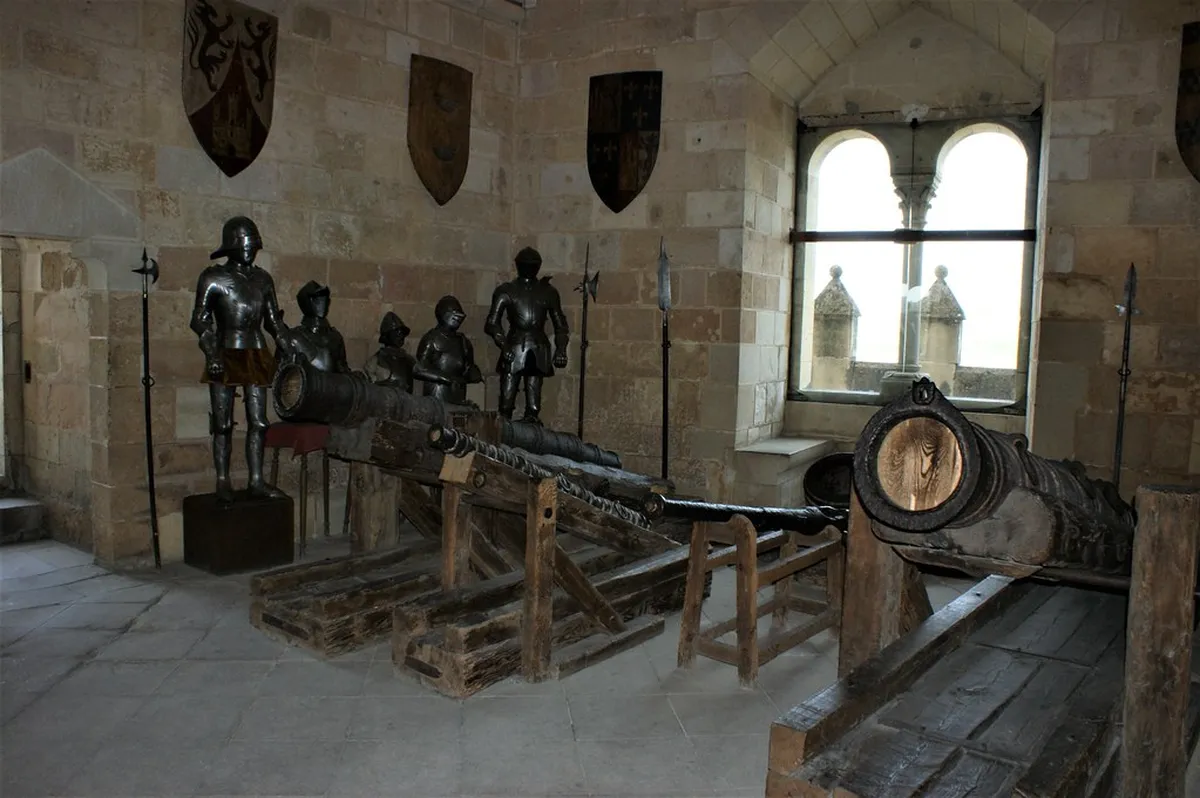Discover the Rich History of Ypres Cloth Hall in 2025
Ypres Cloth Hall stands as a magnificent testament to history. Its incredible story reflects both prosperity and profound tragedy. Understanding the Ypres Cloth Hall history helps appreciate its resilience. This guide explores its medieval origins to its modern role. Plan your visit to Ypres and this significant landmark in 2025. Discover more about what to see in Ypres with our Ypres city guide.
This iconic structure dominates the Ypres market square. It symbolizes the city's spirit and enduring legacy. Its past is deeply intertwined with Ypres' identity. Learn about its construction, destruction, and faithful rebirth. Start your self-guided Ypres tour here.
Medieval Origins and Economic Power
Plan this trip faster with our free online itinerary maker. Get a personalized day-by-day plan in minutes.
The original Ypres Cloth Hall was a marvel of medieval architecture. Construction began in 1200 and continued for decades. It was completed around 1304. This grand building served as a central hub for the thriving wool and cloth trade. Ypres was a powerful economic center during this period.
Its massive scale showcased the city's wealth. Merchants from across Europe flocked to its bustling market stalls. The Cloth Hall facilitated significant trade operations. It firmly established Ypres' importance on the continent. This wealth allowed for grand civic projects.
The ground floor housed vast market spaces. Here, cloth was bought, sold, and inspected. The upper floors contained offices and storage. They also held guild meeting rooms. The Ypres Cloth Hall was more than a market; it was the heart of the city's commerce. Its design emphasized both function and prestige.
This architectural gem defined the city for centuries. It became a powerful symbol of civic pride. The Cloth Hall represented Ypres' prosperity. It stood tall as a beacon of medieval commerce. Many Ypres walking tours begin near this historic structure.
Devastation During the Great War
The First World War brought unimaginable destruction to Ypres. The city found itself on the Western Front. It suffered relentless bombardment for four long years. The battles of Ypres were some of the most brutal. The city was completely flattened by constant shelling.
The magnificent Cloth Hall could not escape this fate. Artillery fire reduced the entire structure to rubble. Only a few stone remnants survived the onslaught. Its destruction symbolized the widespread loss. The war scarred the landscape and the hearts of the people.
Witnessing the Cloth Hall's ruin was heartbreaking. It represented the loss of heritage and identity. The market square became a wasteland. Photos from the period show total devastation. The city seemed beyond repair. Learn about the wider conflict with an Ypres WWI battlefields map.
The destruction of Ypres and its Cloth Hall shocked the world. It became a powerful icon of wartime suffering. This immense loss fuelled a strong desire for restoration. The spirit of the city endured despite the rubble. Visit the Menin Gate Last Post ceremony to reflect on this period.
Faithful Reconstruction and Rebirth
After the war, a monumental decision was made. Ypres would rebuild its Cloth Hall exactly as it was. This was a testament to the city's resolve. The reconstruction effort began in 1933. It continued meticulously for decades.
Architects and artisans used original plans and photographs. They aimed for an authentic recreation. The process was painstaking and costly. Craftsmanship was paramount in every detail. This ensured historical accuracy. Consider this when planning a 2-day itinerary in Ypres.
The reconstruction was completed in 1967. This marked a significant milestone for Ypres. The rebuilt Cloth Hall stood as a symbol of hope. It represented recovery and enduring cultural pride. This grand effort brought the city's heart back to life. It honoured the past while looking to the future.
Today, the reconstructed Cloth Hall is indistinguishable from its medieval form. It represents triumph over adversity. The project demonstrated incredible national dedication. It draws visitors from all over the world. Explore other historic sites in our Ypres sightseeing itinerary.
The Cloth Hall Today: A Living Monument
The Ypres Cloth Hall serves multiple vital functions today. It continues to be the heart of the city. The building houses the city's administrative offices. This links its historical purpose to modern civic life. It remains a place of governance and community.
Most famously, it is home to the In Flanders Fields Museum. This acclaimed museum tells the story of WWI. It focuses on the human experience of the conflict. Visitors can explore interactive exhibits. The museum offers profound insights into the war. Book your tickets in advance for 2025.
The museum entrance is located within the Cloth Hall. It draws hundreds of thousands of visitors annually. It offers a poignant educational experience. The Cloth Hall's tower provides panoramic views of Ypres. Climbing the belfry offers unique perspectives. You can see the rebuilt city and surrounding fields.
The Cloth Hall is a UNESCO World Heritage site. This recognition highlights its cultural significance. It stands as a powerful memorial and a vibrant civic center. It truly is a living monument. Discover more about getting to Ypres for your visit.
Planning Your Visit to Ypres Cloth Hall
Visiting the Ypres Cloth Hall is a must-do for any traveler. The building is centrally located in Grote Markt. It is easily accessible by walking from most Ypres hotels. The main square is also a great place to start exploring.
Accessing the building itself is generally free. The In Flanders Fields Museum operates within the Cloth Hall. Museum entry requires a ticket. For 2025, adult tickets typically cost around €12-€15. Reduced rates are available for children and seniors. Check the official website for current prices and opening hours.
The museum is usually open daily from 10:00 AM to 6:00 PM. It is closed on some public holidays. Allow at least 2-3 hours for a comprehensive visit. The belfry also has separate ticket access. It offers incredible views for a small fee. This visit provides a key part of your Ypres 1-day itinerary.
It is advisable to book museum tickets online, especially during peak season. This helps avoid long queues. Consider visiting during the shoulder seasons for fewer crowds. Spring and early autumn offer pleasant weather. Find out the best time to visit Ypres for your trip. Enjoy local eateries nearby for a great meal.
Frequently Asked Questions
What was the primary purpose of the Ypres Cloth Hall historically?
Historically, the Ypres Cloth Hall served as the heart of the city's wool and cloth trade. It was a bustling marketplace. Merchants bought, sold, and stored textiles here. This grand building showcased Ypres' immense medieval wealth. It was a central hub for European commerce. Learn more about Ypres' economic past through a guided Ypres tour.
How long did the Ypres Cloth Hall reconstruction take after WWI?
The reconstruction of the Ypres Cloth Hall was a lengthy process. It began in 1933. The meticulous rebuilding efforts spanned over three decades. The project was finally completed in 1967. This long duration reflects the commitment to historical accuracy and detail. It involved careful craftsmanship. The reconstructed hall stands as a powerful symbol. It shows the city's enduring spirit.
Is the Ypres Cloth Hall accessible for visitors in 2025?
Yes, the Ypres Cloth Hall is very accessible for visitors in 2025. It is centrally located in the Grote Markt. The ground floor of the hall can be admired freely. The In Flanders Fields Museum is inside the Cloth Hall. It is fully accessible for a fee. Check the museum's website for specific opening hours and accessibility information. You can discover more attractions within our Ypres City Guide 2025.
The Ypres Cloth Hall history is a captivating narrative. It tells of medieval grandeur, wartime devastation, and remarkable rebirth. This iconic building stands proudly in 2025. It symbolizes the resilience of Ypres. Visiting offers a profound connection to the past. Don't miss this incredible landmark on your journey.
Experience its impressive architecture and learn its poignant story. The Cloth Hall is a must-see attraction. Plan your trip today and explore this unique piece of Belgian heritage. Discover other significant sites like the Tyne Cot Cemetery nearby. Start your Ypres adventure soon!
Key Takeaways
- The Ypres Cloth Hall was a medieval trading powerhouse, built from 1200-1304.
- It was completely destroyed during World War I and meticulously rebuilt from 1933-1967.
- Today, it houses the In Flanders Fields Museum and serves as the city hall, symbolizing Ypres' resilience.



